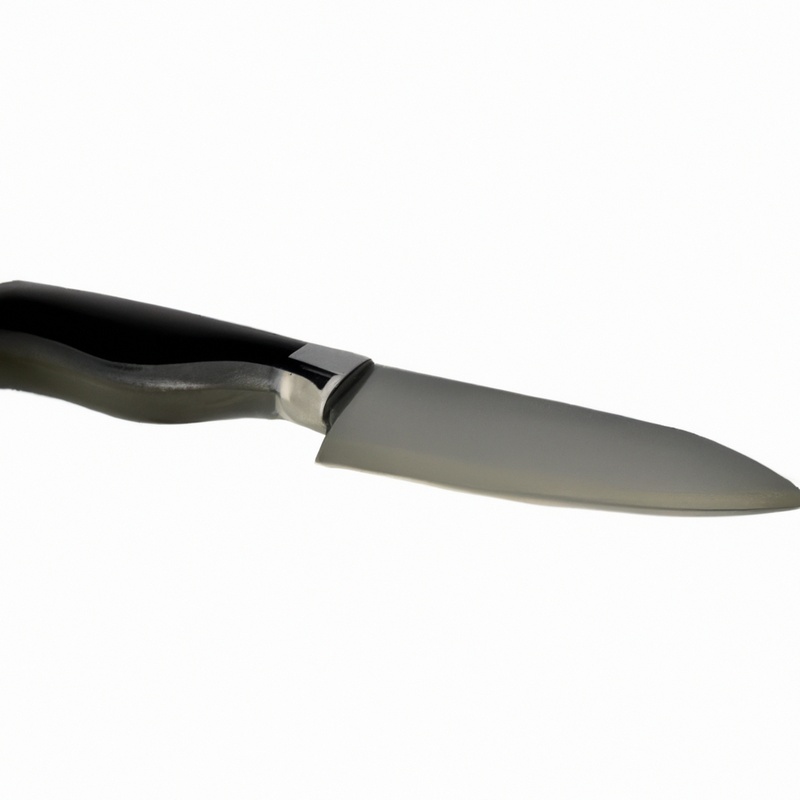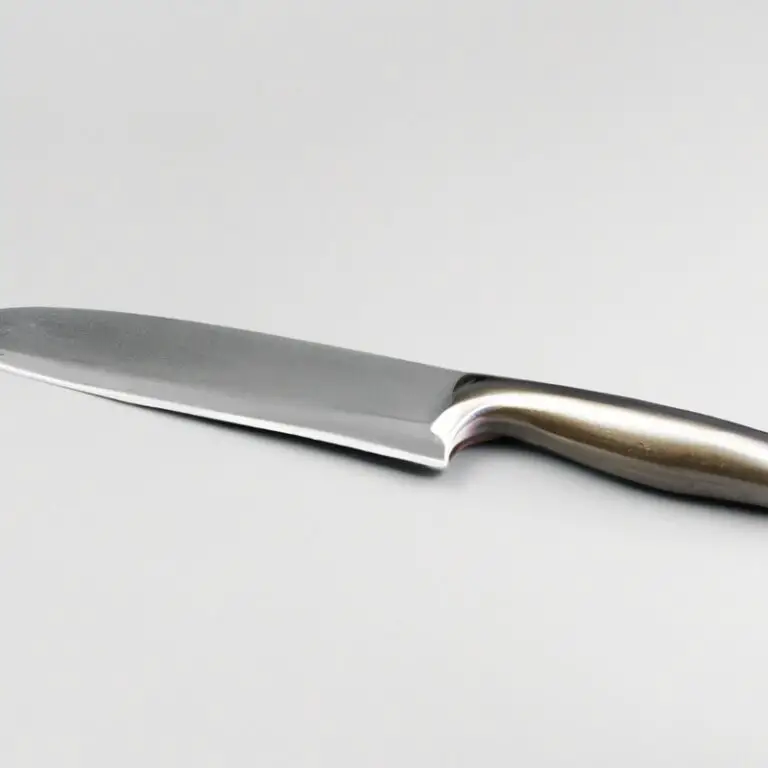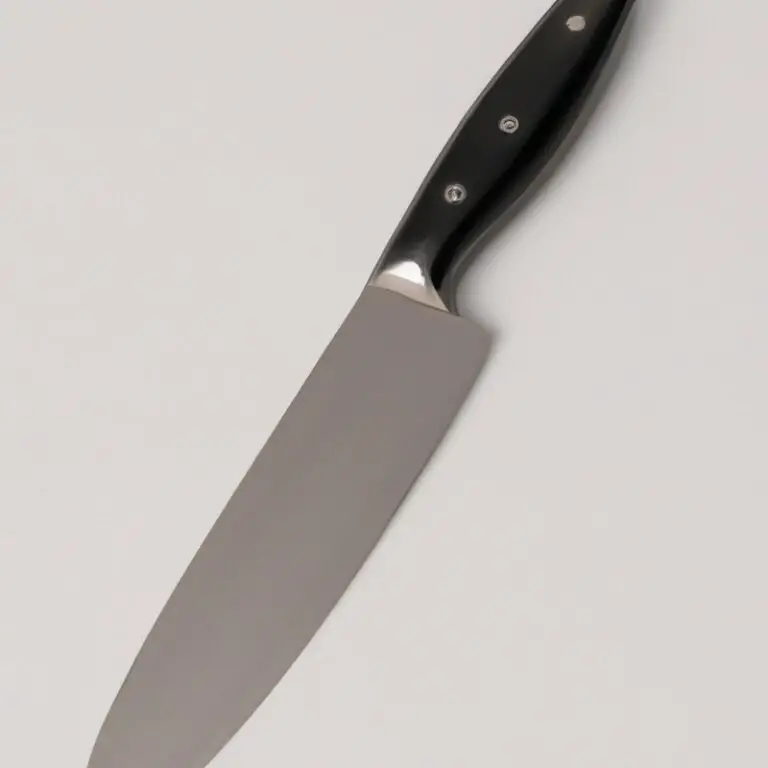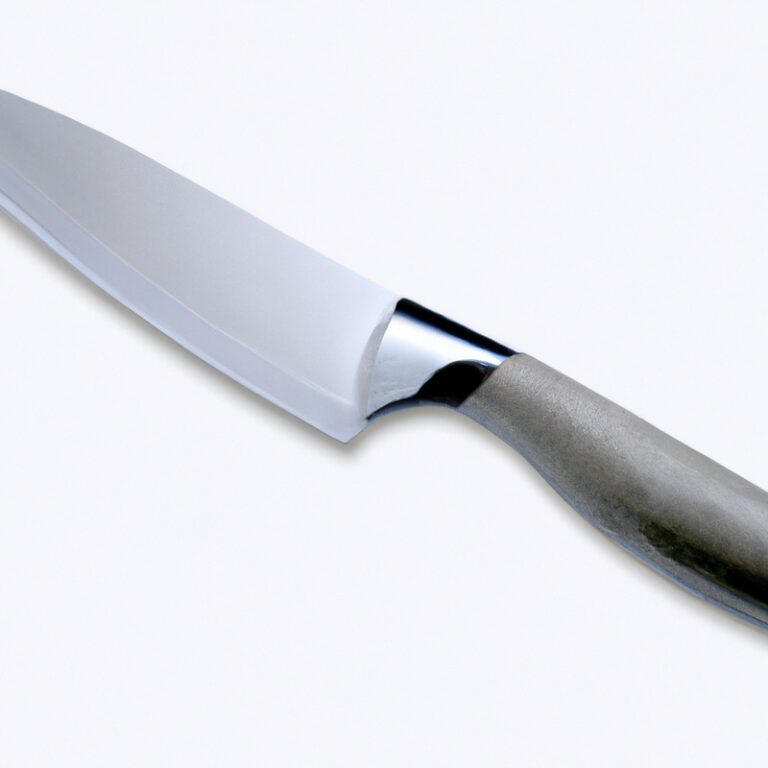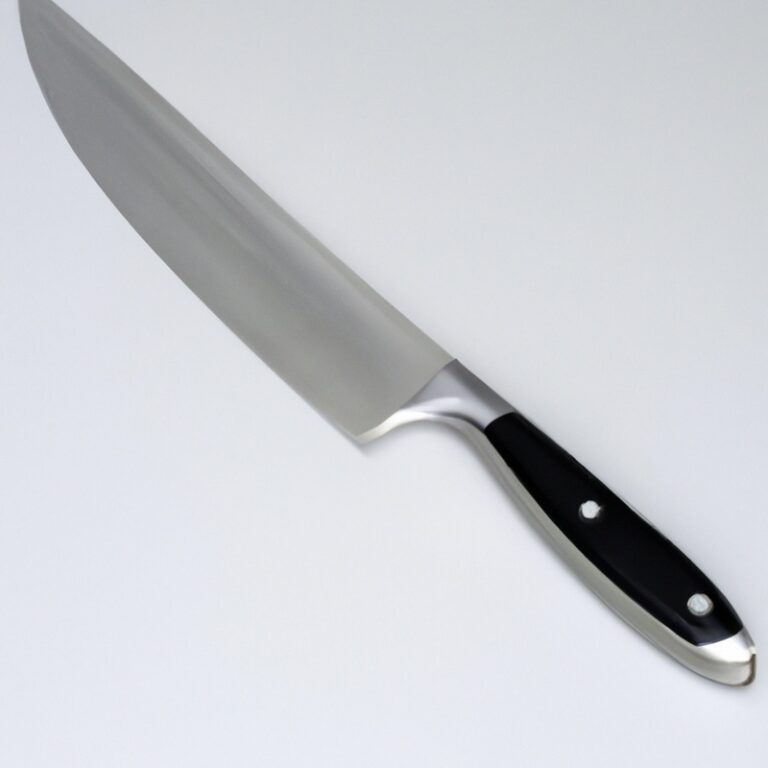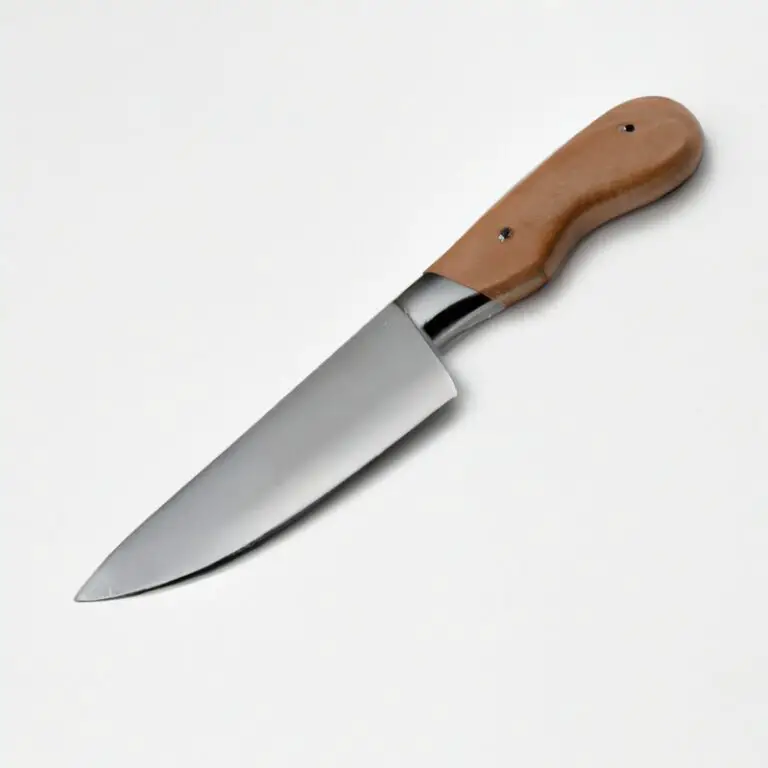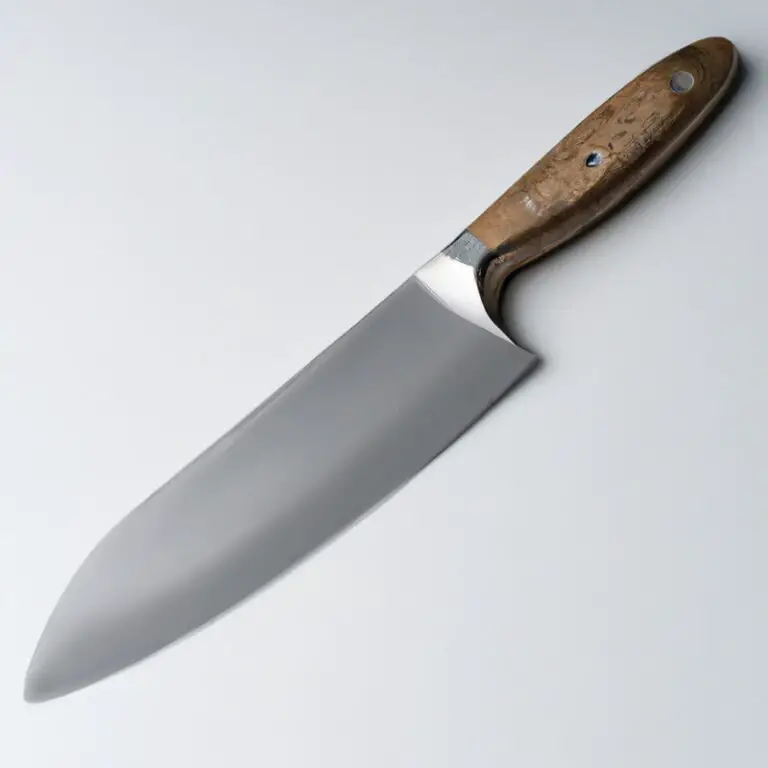How To Fillet a Black Bass Using a Fillet Knife? Easy And Quick!
Key Takeaways:
- Proper technique and a sharp fillet knife are crucial for effectively filleting a black bass.
- Begin by making an incision at the top of the fish’s back and use the knife to gently separate the fillet from the bones.
- Careful attention to detail can ensure there are no bones left in the fillet.
- Practice and experience can help improve your technique and make filleting a black bass quicker and easier over time.
Are you planning a fishing trip and wondering how to fillet a black bass using a fillet knife? Filleting a fish might seem intimidating, but with the right technique, it’s easier than you think.
As a passionate angler, I have spent years perfecting my skills, and I’m here to share my knowledge with you.
In this article, I’ll guide you through the step-by-step process of filleting a black bass with a fillet knife, from gathering necessary equipment to removing the skin and checking for bones. So let’s get started and make your next fishing expedition a success!
| Step | Instruction |
|---|---|
| 1 | Place the black bass on a cutting board and cut off the head behind the gills. Dispose of the head and other unwanted parts. |
| 2 | Insert the tip of the fillet knife behind the pectoral fin and cut towards the head, using the backbone as a guide. Repeat on the other side of the bass. |
| 3 | Lift the fillet from the tail end and continue cutting between the flesh and ribcage. Use short strokes to avoid cutting through the bones. |
| 4 | Repeat on the other side. |
| 5 | Remove any remaining bones with tweezers or pliers. |
| 6 | Rinse the fillets with cold water and pat dry. |
Gather necessary equipment
Before you begin filleting a black bass, gathering the right equipment is essential. Here’s what you need:
- A fillet knife: Look for a flexible, sharp, and thin blade made explicitly for filleting fish. A good quality knife will make the process easier and more efficient.
- Cutting board: A sturdy and flat cutting board to provide a stable surface to support the fish while you are cutting.
- Towel or non-slip mat: This is important to prevent the cutting board from slipping, which can lead to dangerous accidents.
- Tweezers or pliers: A pair of fish tweezers or pliers to remove small bones and any remaining skin.
With the right equipment, filleting a black bass will be much more manageable, efficient, and safer. The next step is preparing the fish for filleting.
Preparing the fish
To prepare the black bass for filleting, begin by rinsing it thoroughly with cold water. Next, make a cut behind the gills and down to the spine.
This will allow you to remove the head.
Use a scaler to remove the scales from the skin of the fish. Make a second cut starting from the top of the head to the tail along the spine.
Using your fillet knife, carefully run the blade along the spine to remove the fillet.
Repeat the process on the other side of the bass. To trim the fillet, cut along the rib cage, then slice away any remaining bones or dark meat.
Remove the skin by running the knife under the flesh and gently pulling it off.
Finally, check for any remaining bones and store the fillets in the refrigerator until ready to use.
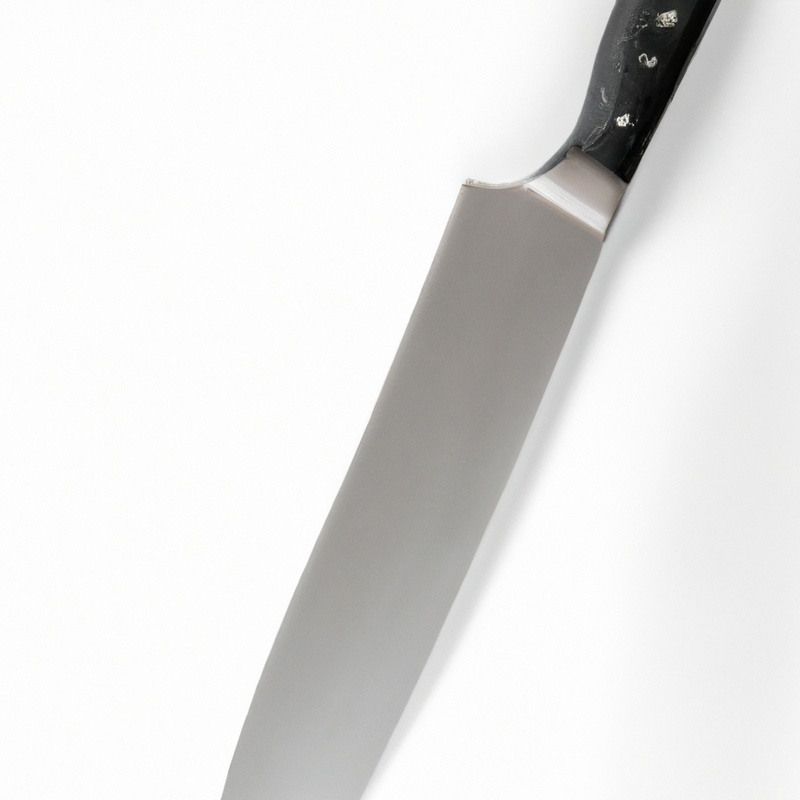
Removing the head
To remove the head of the black bass, use a sharp fillet knife to make a cut just behind the gills. Insert the knife and cut towards the spine, then repeat on the other side.
Use a pair of pliers to pull the head away from the body until it separates completely.
Discard the head and continue with the filleting process. Removing the head makes it easier to access the bones and makes a cleaner cut along the body.
Be sure to discard the head properly.
De-scaling the fish
To de-scale a fish, you’ll need a scaling tool or the back of a knife. Hold the fish firmly by the tail and scrape the scales from the tail to the head in a consistent motion.
Repeat on the other side of the fish.
It’s important to de-scale the fish before filleting it to ensure a more appealing presentation and avoid unwanted scales in the final product.
Making the first cut
To begin filleting your black bass, you need to make the first cut. This cut is essential to ensure that you are separating the flesh from the bone correctly.
To make the cut, start at the top of the fish’s head, behind the gills, and cut down towards the backbone.
Use your other hand to hold the fish firmly in place and cut slowly and carefully to avoid cutting through any bones. The goal is to cut through the ribcage without damaging the fillet.
Once the cut is complete, flip the fish over and repeat the process on the other side.
Running the knife along the backbone will result in two fillets, ready for the next step in the process: separating fillets from the body.
Running the knife along the spine
To perform a successful fillet, it is essential to know how to run the knife along the spine properly. The spine is located in the center of the fish, running from the head to the tail.
To begin, insert the blade near the head of the fish, and cut along the top part of the spine as close to it as possible.
Use a gentle sawing motion to separate the flesh from the bones, keeping the blade flat against the backbone. As you move towards the tail, tilt the blade towards the fillet, and continue cutting gently until you reach the base of the tail.
Ensure the blade stays in contact with the backbone throughout the process to achieve a clean cut without wasting any flesh.
Repeat the same process for the other side of the fish. Properly running the knife along the spine is critical to getting a good fillet.
Separating the fillet from the body
To separate the fillet from the body of the black bass, you’ll need to make another straight cut through the base of the fillet where it meets the tail. Keep your knife close to the bones to avoid losing any meat.
Slowly work your knife along the ribs towards the head.
You may need to use your other hand to keep the skin taut and hold the fillet in place as you cut. Once you’ve removed the fillet, repeat the process on the other side.
The fillets should now be completely separated from the rest of the fish.
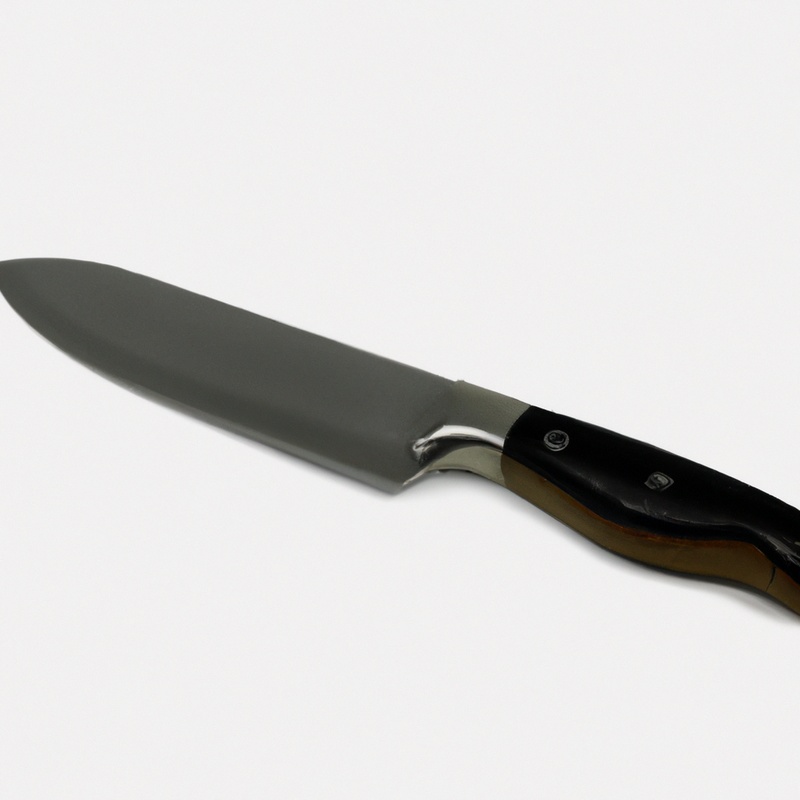
Trimming the fillet
Trimming the fillet is a crucial step in achieving a perfectly filleted black bass. To do this, run your fillet knife along the skin of the fillet to remove any remaining scales and fish skin.
Make sure to remove any dark patches or discolored areas as it can affect the taste of the fish.
Also, trim off any excess fat and uneven edges for a clean and neat fillet. Take note of any remaining bones and cut them off as close to the flesh as possible.
Once finished, your black bass fillet is now ready to be cooked or stored as desired.
Removing the skin
To remove the skin from the fillet, place the fillet skin-side down on a cutting board. Hold the tail end of the fillet firmly with one hand and position the blade of the fillet knife at the tail end.
Slowly wiggle the blade between the skin and the flesh at a shallow angle.
Keeping the blade close to the skin, use a back-and-forth motion to slice the skin away from the fillet. Continue until the entire skin is removed.
Remember to discard the skin appropriately.
With the skin gone, your fillet is now ready to be checked for bones and trimmed as desired.
Checking for bones
Checking for bones is an essential step in filleting a black bass using a fillet knife. Once you have removed the skin and trimmed the fillet, inspect it for any bones that may have been left behind.
Using your fingers, gently run them over the surface of the fillet to feel for any small bones that may have been missed.
If you come across any bones, use a pair of pliers or tweezers to remove them. Take your time during this step to ensure that all bones are removed.
Leaving even a small bone in the fillet could result in a painful experience for whoever eats it.
To be extra cautious, you can also hold the fillet up to the light to check for any bones that may be harder to detect by touch alone. Once you are sure that all bones have been removed, your fillet is ready to cook and enjoy.
Remember, safety is crucial when working with sharp knives and handling fish.
Follow these steps carefully and take your time to ensure that you fillet the fish correctly and avoid any injuries.
Storing the fillet properly
Storing the fillet properly is essential to maintain its freshness and quality. Once you have filleted the black bass, rinse it with cold water and pat it dry with paper towels.
Wrap the fillet tightly in plastic wrap or aluminum foil to prevent air exposure.
Then, place the wrapped fillet in a resealable freezer bag or airtight container. Label the container with the date of packaging and store it in the coldest part of your refrigerator.
If you plan to freeze the fillet, ensure that it is completely thawed before cooking.
To thaw, place the fillet in the refrigerator overnight or soak it in a bowl of cold water for a few hours. Refrain from thawing the fish at room temperature, as it can cause bacterial growth and spoilage.
Finally, store the fillet for no more than two to three days in the refrigerator or up to three months in the freezer for optimal quality.
Proper storage of fillets ensures that they are safe to eat and taste delicious when cooked.
Final Verdict
Congratulations! With this guide, you can now confidently fillet a black bass and enjoy a delicious meal. Remember, proper equipment, preparation, and technique are key to making a clean and precise cut.
As you practice, you will become more proficient and efficient in filleting fish.
Always prioritize safety, and be sure to store your fillet properly before cooking. With enough practice, filleting a black bass will become a breeze.
I hope this guide has provided you with the necessary knowledge to fillet a black bass like a pro.
Happy fishing and bon appétit!

